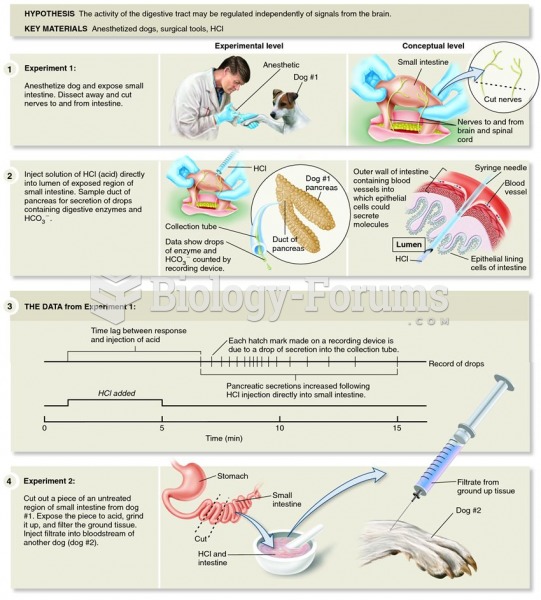Answer to Question 1
What are some of the detrimental health conditions associated with shift work? The most prevalent health problems found are those related to the gastrointestinal system. For example, Costa (1996, p. 10) noted that shift workers often complain about digestive disorders such as disturbances of appetite, irregularity of the bowel movements with prevalent constipation, dyspepsia, heartburn, abdominal pains, grumbling and flatulence.. More serious conditions such as chronic gastritis and peptic ulcers are also more prevalent. One reason suggested for the increased prevalence of gastrointestinal problems among shift workers is that they have less access to healthy and nutritional foods during the night shift. However, current evidence does not support this hypothesis. Therefore, GI vulnerability of shift workers is more likely due to other factors such as sleep deficits or circadian rhythm disruptions (Vener, Szabo, & Moore, 1989).
Shift work also seems to increase risk for cardiovascular disease. Boggild and Knutsson (1999) reviewed 17 relevant studies and estimated that shift workers have a 40 increased risk for cardiovascular disease than their day worker counterparts. For example, Kawachi et al. (1995) in the Nurses' Health prospective study of 79,109 female nurses found that long-term rotating shift work (i.e., 6 or more years) as compared to never working shifts conferred a 1.51 adjusted elevated risk of CHD. That is, the long-term rotating shift working nurses were one and a half times more likely to develop CHD.
Answer to Question 2
People-oriented service professions such as social workers, teachers, and health-care workers generally experience high stress and a greater likelihood of burnout. Sulsky and Smith (2005, pp. 86-87) note that social service workers report little positive feedback from their jobs or the public, unsafe work environments, frustration in dealing with bureaucracy and excessive paperwork, a sense of personal responsibility for clients, and work overload. . . .Teachers indicate that excessive paperwork, lack of adequate supplies/facilities, work overload, and lack of positive feedback are salient stressors.. Student misbehavior including display of poor attitudes, rudeness, and discipline problems are also stressors indicated by teachers (see Tatar, 2009 for discussion). In the UK, one study (Jones & Hodgson, 1998) found that teachers reported the second highest rates of depression, anxiety, and work stress among all the occupations surveyed.







